Corn: Description
Corns are thick, solidified skin layers that create when your skin attempts to protect against grinding and pressing factors, how to remove them.
They frequently make on the feet and toes or hands and fingers. Corns and calluses can be unattractive.
In case you’re sound, you need treatment for corns and calluses just if they cause distress. For many people, disposing of the wellspring of grinding or pressing factors makes corns and calluses vanish.
Corn (clavus, crow’s eye, body thistle) is an adjusted, strongly characterized thickening of the skin. A stiff, tightened corneal cone in the corns’ focal point reaches out into the skin’s deep layers and causes torment when squeezed.
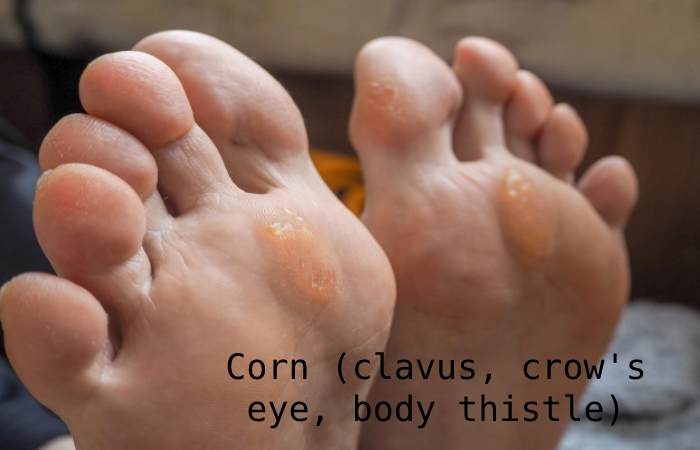
How to Remove Corns
The corn is pervasive. Ladies, stiffness, and diabetes patients influence significantly.
Corns are not a typical female clinical issue, but they are significantly more typical in ladies than men. The explanation: ladies lean toward extravagant shoes and purchase trendy footwear, regardless of whether they are excessively close and cause issues later when wearing them. They even acknowledge it rankles, wounds, calluses, and corns for this.
Having diabetes or another condition that causes a helpless bloodstream to your feet, you’re in more danger of inconveniences from corns and calluses. Look for your PCP’s recommendation on appropriate consideration for corns and calluses if you have such a condition.
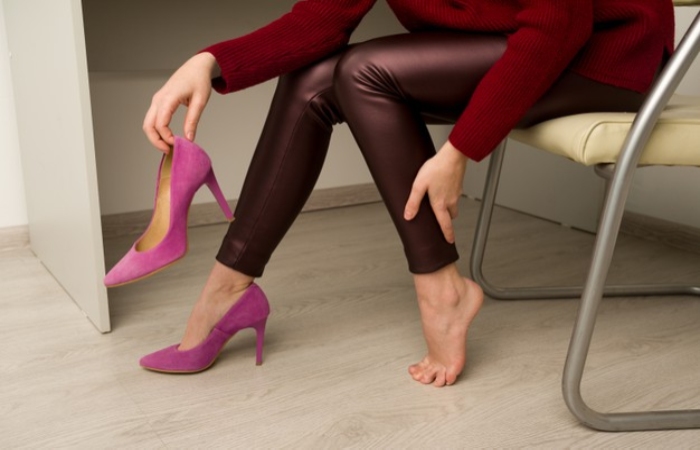
Causes of Corns:
Corns caused by a steady pressing factor or rubbing on the skin. For instance, the reason can be too close to shoes or a skewed foot.
The consistent pressing factor at first makes a callus structure by walking. The skin thickens and keratinizes the highest layers and structures a defensive pad against lasting outside pressure. After some time, this expanded Keratinization (Hyperkeratosis) ventures into the skin’s more profound layers, and a focal, Keratinized thistle creates.
Corn on the foot – on the underside or sides of the foot – is the most well-known type of clavus. The reason is frequently compelled loads from the spread or level feet. Corn on the toe is typical, generally brought about by tight shoes. A clavus can even frame on the joints or under the toenails. In irregular cases, corn creates on the finger.
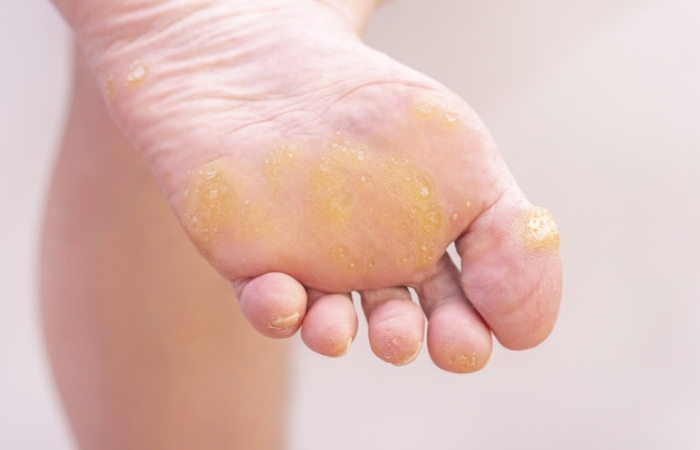
Corns: Thickened Calluses
Corns (clavi) happen in numerous individuals. The thickened cornea has a thistle in the center that stretches out into the skin’s lower layers. Solidified skin situated on toes, outside toes, spaces between the toes, and the sole. Notwithstanding, any individual who finds a solidified and thickened region of the skin can likewise have a plantar mole. These more giant moles additionally have a spike and ought not to be taken out without anyone else under any conditions.
Since unique infections cause them, the microorganisms can, in any case, spread through the skin and bring on additional moles. Corns are innocuous. However, they can cause torment when strolling. On the off chance that they sit on the toe joints, outwardly of the little toe, or under the feet, they cause severe distress.
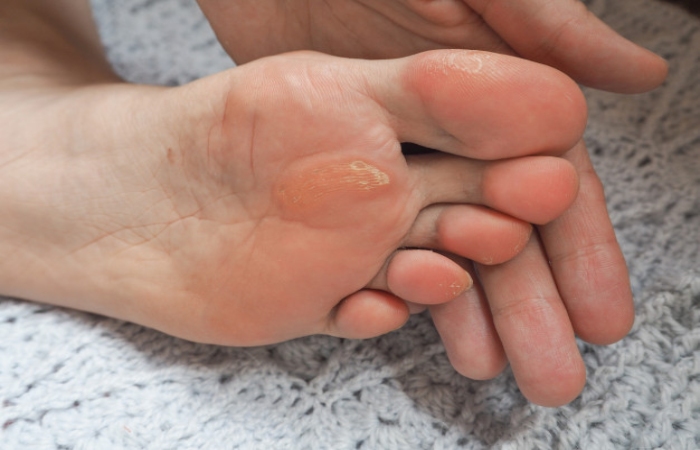
Corn: Symptoms
Corn appears as an adjusted, forcefully divided thickening of the cornea, which seems yellowish because of the thick corneal layer. It is around five to eight millimeters tall.
There is a thickened horn (keratin cone) in the clavus’s focal point that reaches out into the more profound layers of the skin in a channel shape and causes torment when squeezed. Little corn is at first just awkward when strolling; Bigger corns, then again, can be exceptionally agonizing and limit those influenced in their portability so much that they can get incapable of working.
The tissue around the mandrel can change. Sometimes, liquid develops (edema), or irritation creates.
If the corneal cone pushes on a joint, it can develop along with the collective container’s environmental factors and cause periosteum bothering or aggravation.
On the off chance that the corn is aired out or scratched, germs can get inside. These trigger decay measures (abscesses) or irritation.
General Symptoms of Corns
Might have a corn or a callus if you notice:
- A thick, harsh zone of skin
- A solidified raised bump.
- Delicacy or agony under your skin
- Flaky, dry, or waxy skin
Prevention
These practices may assist you with forestalling corns and calluses:
Wear shoes that give your toes a lot of room. If you can’t squirm your toes, your shoes are excessively close. Have a shoe shop stretch your shoes anytime that rubs or squeezes.
Utilize defensive covers. Wear felt cushions, nonmedicated corn cushions, or gauzes over regions that rub against your footwear. You can likewise attempt toe separators or some sheep’s fleece between your toes.
Wear cushioned gloves when utilizing hand instruments. Or then again, have a go at padded your apparatus handles with fabric tape or covers.
Diagnosis
Your PCP will inspect your feet and preclude different reasons for thickened skin, for example, moles and sores. The individual may suggest an X-beam if an actual irregularity is causing the corn or callus.
Treatment
Treatment for corns and calluses typically includes staying away from the monotonous activities that made them create. You can help settle them by wearing suitably fitting shoes, utilizing defensive cushions, and taking other self-care measures.
If a corn or callus continues or gets difficult, notwithstanding your self-care endeavors, clinical medicines can give alleviation:
Trimming out overabundance Skin.
Your primary care physician can pare down thickened skin or trim enormous corn with a surgical tool, generally during an office visit. Try not to attempt this yourself since it could prompt a disease.
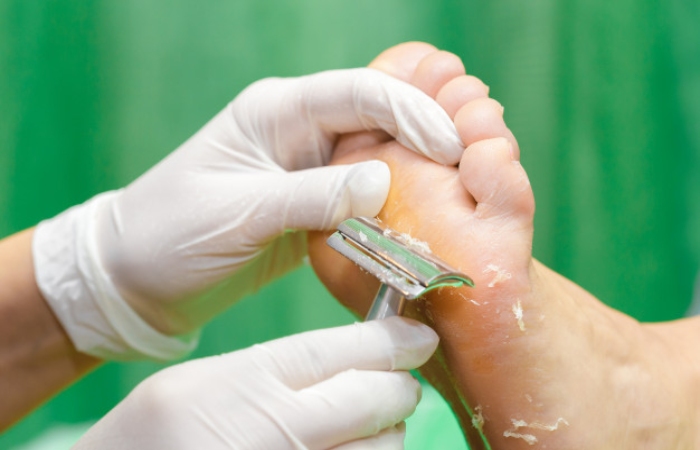
Callus-Eliminating Medicine.
Likewise, your PCP may apply a fix containing 40% salicylic corrosive (Gather Up, MediPlast, others). Such spots are accessible without a remedy. Your PCP will tell you how regularly you need to supplant this fix. The person may suggest using a pumice stone, nail document, or emery board to smooth away dead skin before applying another spot. Likewise, you can get a remedy for salicylic corrosive in gel structure to apply to more significant zones.
Shoe Embeds.
Your primary care physician may recommend specially crafted cushioned shoe embeds (orthotics) to forestall repeating corns or calluses on the off chance that you have a necessary foot distortion.
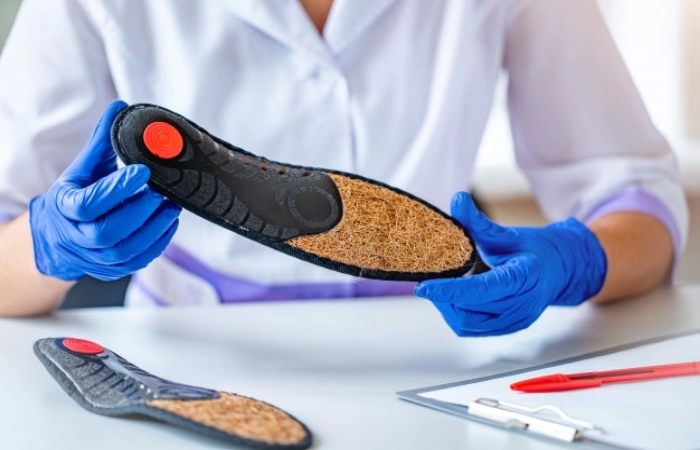
Medical procedure. Your primary care physician may prescribe a medical practice to address a bone’s arrangement causing grinding in uncommon examples.
Complications
Particularly with nerve harm brought about by diabetes mellitus (diabetic neuropathy), the patient may not feel any torment. In such cases, corn can bring genuine confusions because it perceives past the point of no return or disparagement. Associations between the skin and an organ (fistulas) or an (ulcer) can shape. Contaminations can make tissue by walking kick the bucket (diabetic gangrene). Individuals with diabetes should take significant consideration of their feet and show any progressions to their PCP or clinical podiatrist. The sooner corn dealt with, the sooner genuine outcomes can stay away!
Way of life and Home Cures
If you have diabetes (or) condition that causes a helpless bloodstream, counsel your primary care physician before treating corn and callus all alone.
If you have no primary medical conditions, attempt these proposals to help clear up a corn or callus:
Use over-the-counter cushions. Apply a pad to secure the region where corn or callus gets created. Be cautious utilizing over-the-counter (nonprescription) fluid corn removers or sedated corn cushions. These contain salicylic corrosive, which can bother solid skin and lead to disease, particularly in individuals with diabetes or different conditions that cause helpless bloodstream.
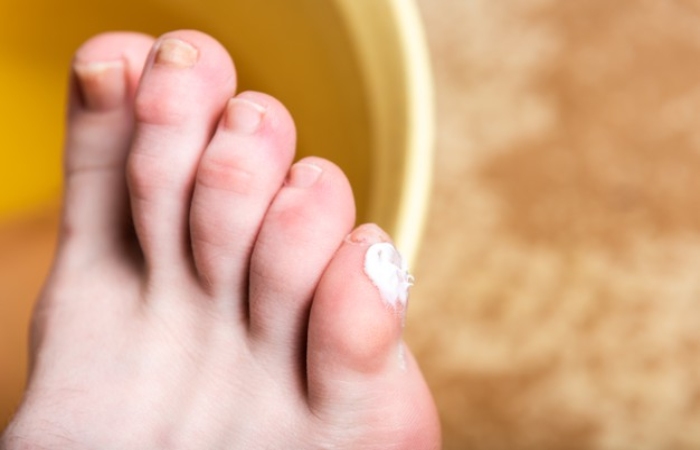
Water your hands or feet.
Moisturize hands or feet. Apply moisturizer to your hands or feet in warm, soapy water that softens corns and calluses.
It can make it easier to remove the thickened skin.
Meager thickened skin. During or after washing, rub corn or callus with a pumice stone, nail record, emery board, or washcloth to eliminate a layer of hardened skin. Try not to utilize a sharp item to manage the skin. Try not to use a pumice stone if you have diabetes.
Saturate your skin. Apply lotion to your hands and feet to help keep the skin delicate.
Wear comfortable shoes and socks. Stick to well-fitting, padded shoes and socks until your corn or callus vanishes.
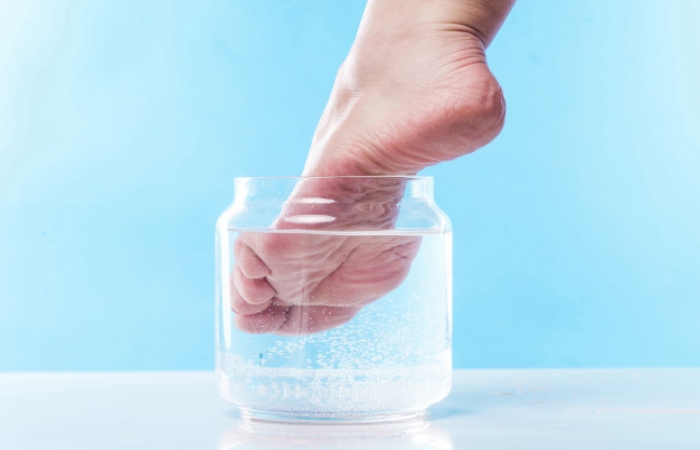
How to Remove Corns yourself:
Recommendations:
Numerous patients like to treat their corn themselves. Be that as it may, this is dangerous because it is related to genuine auxiliary wounds. Contingent upon the kind, profundity, and degree of the corn, the accompanying proposals apply:
- You can attempt to eliminate little, level corns yourself. It would be best to counsel the specialist on the off chance that this doesn’t work or the corn continues to return (backslide).
- It would help if you consistently went to a subject matter expert on the off chance you need to eliminate giant corns or corns that dive deep into the skin.
- Individuals with diabetes, stiffness patients, and amazingly delicate or permeable skin ought to by and extensive counsel a specialist on the off chance that they have any foot issues.
Patients regularly need to remove their corns with blades or different articles. It is hazardous as it can undoubtedly harm the encompassing skin. Plus, a broken, chiseled corn is a potential passage point for germs and microscopic organisms. Genuine contaminations can happen.
The microorganism can spread under the skin or get into the blood and cause blood harming (sepsis). Individuals with dehydrated and harsh skin, for example, ailment and diabetes patients, are mostly in danger here. They ought to subsequently counsel a specialist regardless to have corn removed out.
How to Remove Corns with Corn Plasters.
First, clean up to relax the skin around the corn region to remove corns. At that point, put on a corn fix for a few days before scrubbing down. At that point, you can attempt cautiously lifting the corn out.
Corn plasters are accessible over the counter in drug stores. They absorb by purported keratolytic – acids like salicylic corrosive or lactic corrosive, which relax the corn’s cornea. It will eliminate the upper keratinized layers on the corn. In any case, the keratin center is frequently profound to such an extent that the synthetics can’t arrive at it. At that point, the expert necessities to eliminate the corn.
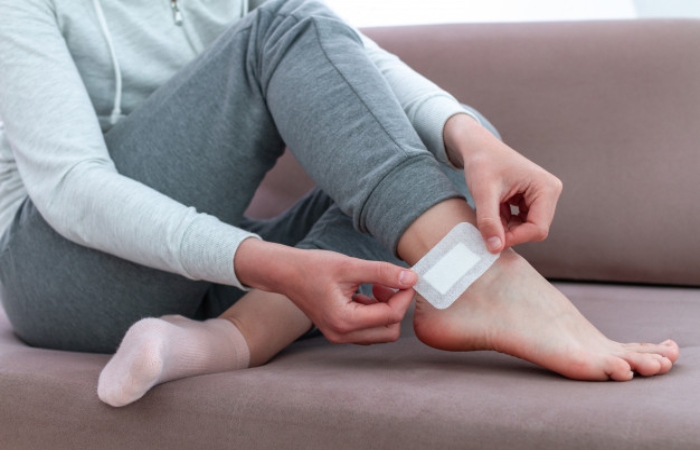
Alert: the acids in the corn plaster are forceful. If a corn plaster slips and the acids presently don’t get on the corn, however, on the encompassing sound and, most importantly, much more thin skin, wounds and diseases frequently happen.
Remove Corns with liquid Corn Products.
Rather than a corn plaster, you can remove corn with a fluid corn cure from the drug store. Initially, cream the skin around the corn with petrol jam to cover it and shield it from the brutal specialist. At that point, you apply the specialist straightforwardly to the corn and afterward cover it with glue or pressing factor assurance mortar.
The entire thing rehashed day by day. Likewise, with the corn plaster, you should take an emollient footbath following a few days and afterward cautiously lift the corn out. At times, it very well might be necessary to rehash the application.
Home Remedies to Remove Corns
Individuals with corn regularly search for home solutions to dispose of the foot issue and tenderly. A few models:
- You can enhance the foot shower with a curd cleanser or tea tree oil, for example, mellowing the skin.
- You can apply propolis color to the corn and leave it on for a couple of hours. The keratinized skin is delicate and simple to strip off from that point onward.
- Another home formula is to pound five ibuprofen tablets in a mortar, blend in with a large portion of a teaspoon of lemon juice and a teaspoon of water and rub on the corn. A warm towel then encloses the foot. The entire thing is left to represent a fourth of 60 minutes. Even from that point onward, the skin over the corn swollen. It will make it simpler to eliminate the corn.
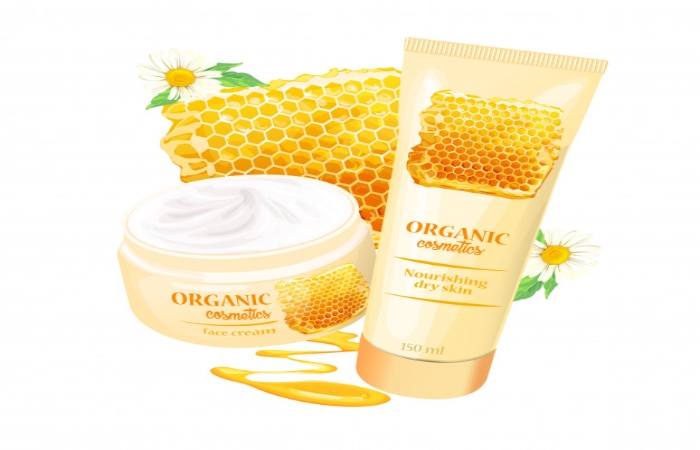
What is significant with all home cures is that they can work successfully on little corns. On the off chance that you eliminate corn yourself, be mindful so as not to leave an open injury, as it can without much of a stretch become contaminated.
Remove Corns at a Specialist.
If you need to remove corns, you need to go to a trained professional. Specialists, orthopedists, or clinical (podiatrists) can eliminate corn rapidly and effortlessly.
Remove corns: Surgery.
Sometimes, surgery expects to eliminate corn. It is the situation, for instance, when the corneal cone is exceptional, or the corn is tremendous.
Surgical intervention can likewise be helpful if the feet or toes get skewed. Something else, the corn, continues to return.
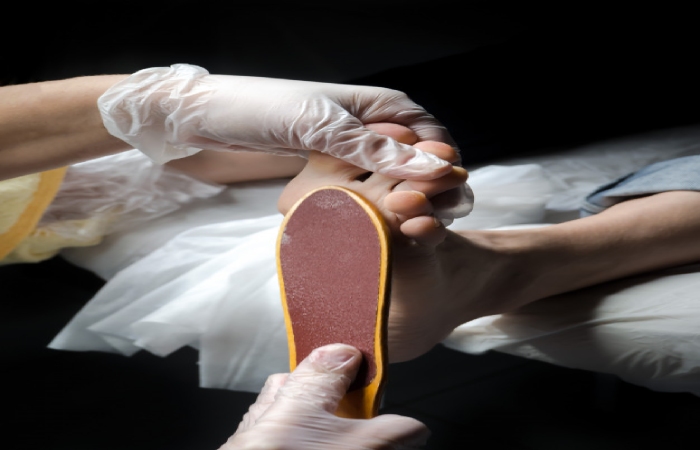
Corn Removal Risks
On the off chance that experts remove the corn and the patient adheres to their directions (for instance, during follow-up consideration), there are usually no entanglements.
Dangers emerge, particularly if you need to eliminate corn yourself. If skin wounds happen, contaminations and even blood harming (sepsis) can result. You can likewise slip with a blade or surgical tool and deliver a profound injury.
Likewise, there are chances to utilize corn plasters and fluid corn cures, as referenced above.
In uncommon cases, the alleged corn is a mole or the indication of another skin condition. Furthermore, to be on the safe side, always see a doctor before removing corn yourself!
Also, read: How to get rid of Acne – Overview, Causes, Prevention and Treatment.
Related posts
Trending Posts
Clinique Moisturizer-The best face moisturizers from Clinique
Clinique moisturizer – Description The Clinique moisturizer-“Drastically Extraordinary Saturating Moisturizer ” has an improved equation that fundamentally fortifies skin’s dampness…
Novex DS Tablet: Uses, Dosage, Side Effects – WHBT
About Novex DS Tablet This Novex DS tablet is a particular estrogen receptor modulator, otherwise called SERM. It is essentially…

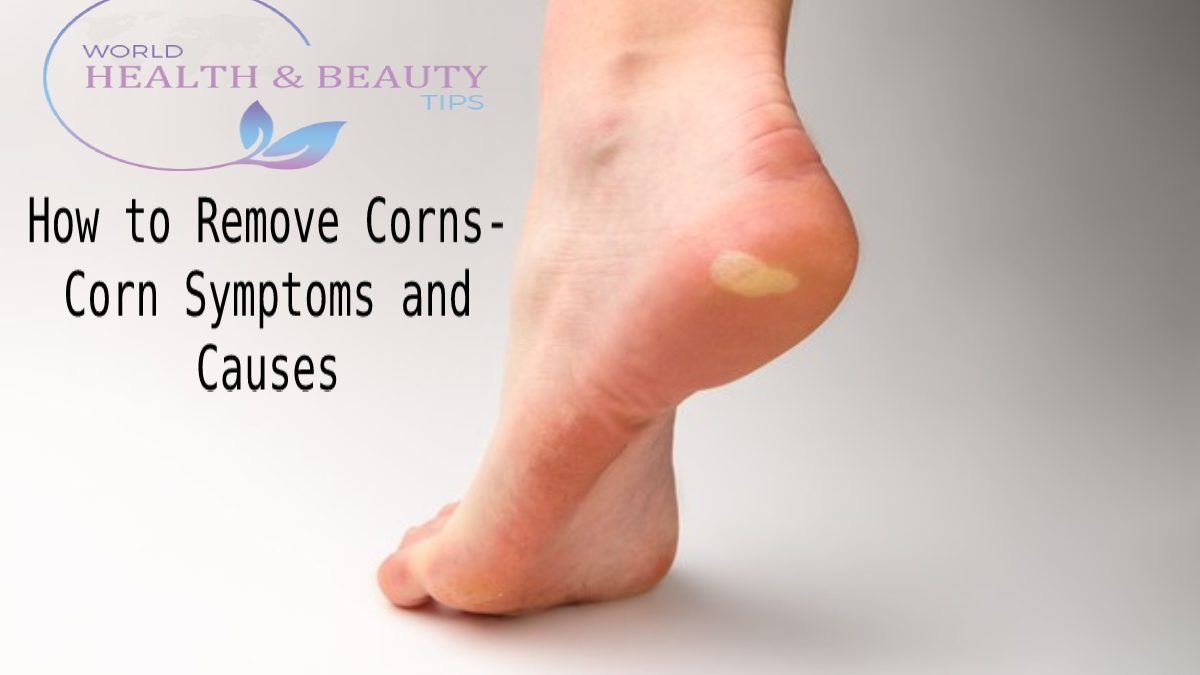
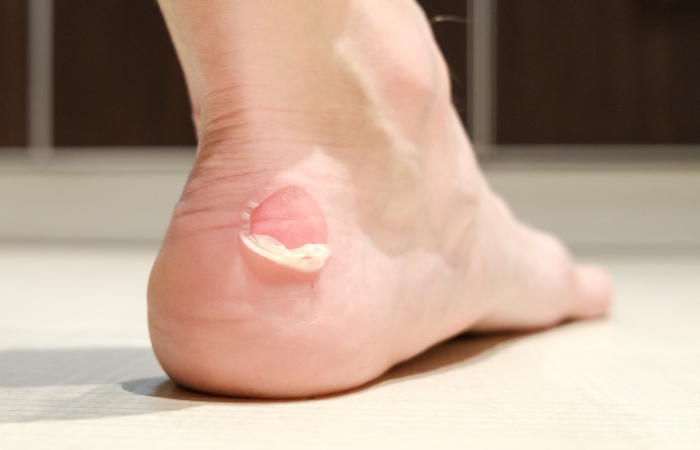
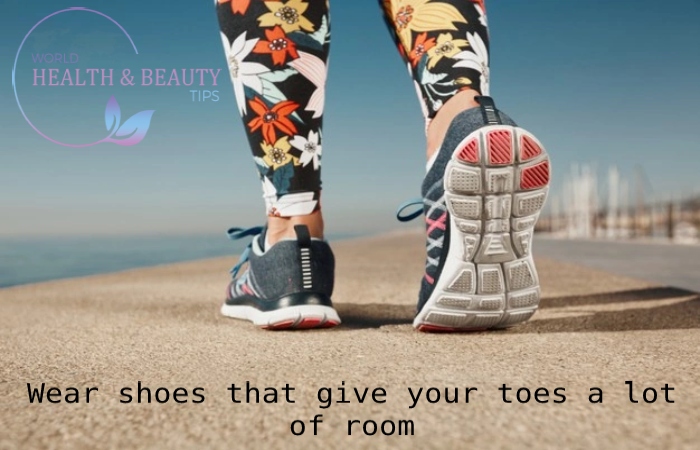

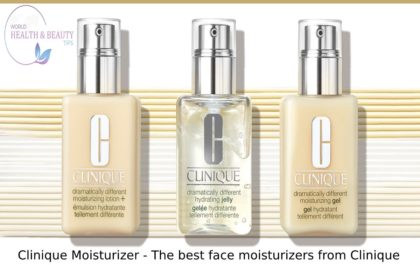
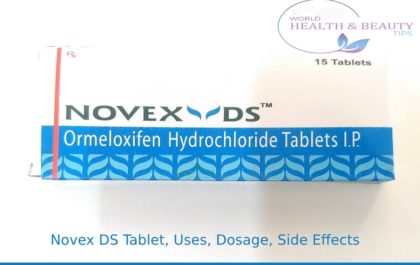

Review How to Remove Corns- Corn Symptoms and Causes.